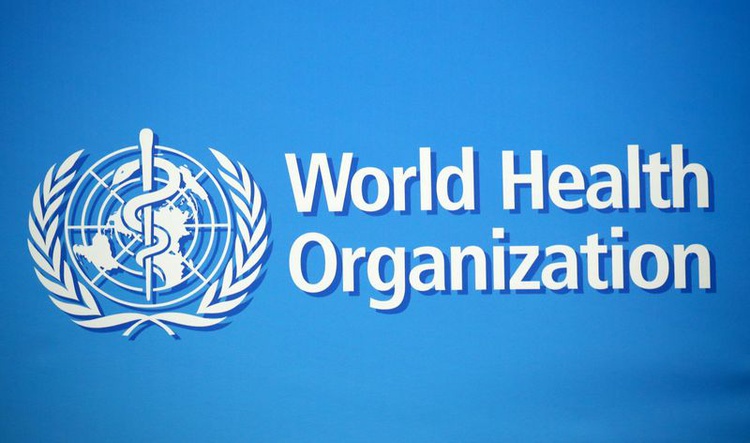By Asmau Ahmad
The World Health Organisation (WHO) has unveiled a new initiative aimed at stopping the spread of an invasive mosquito species, Anopheles Stephensi, in Africa.
The organisation had, in a 2019 vector alert, identified the spread of “Anopheles Stephensi” as a significant threat to malaria control and elimination, particularly in Africa.
“Originally native to parts of South Asia and the Arabian Peninsula, Anopheles Stephensi has been expanding its range over the last decade, with detections reported in Djibouti in 2012.
“Ethiopia and Sudan in 2016, Somalia 2019 and Nigeria 2020. Unlike the other main mosquito vectors of malaria in Africa, it thrives in urban settings,” it said.
With more than 40 per cent of the population in Africa living in urban environment, the WHO said that the invasion and spread of “Anopheles Stephensi” could pose a significant threat to the control and elimination of malaria in the region.
According to it, the large-scale surveillance of the vector is still in its infancy, and more research and data are urgently needed.
Dr Jan Kolaczinski, Head, Vector Control and Insecticide Resistance Unit with WHO Global Malaria Programme, said the organisation was still learning about the presence of the “Anopheles Stephensi;” and its role in malaria transmission in Africa
“It is important to underscore that we still don’t know how far the mosquito species has already spread, and how much of a problem it is or could be,” Kolaczinski said.
He said that the new initiative aimed at supporting an effective regional response to Anopheles Stephensi on the African continent through a five-pronged approach.
“Increasing collaboration across sectors and borders and strengthening surveillance to determine the extent of the spread of Anopheles Stephensi and its role in transmission;
“Others are improving information exchange on the presence of Anopheles Stephensi and on efforts to control it.
“Also, developing guidance for national malaria control programmes on appropriate ways to respond to Anopheles Stephensi.
“We will also prioritise research to evaluate the impact of interventions and tools against Anopheles Stephensi,’’ he said.
According to Kolazincki, where feasible, national responses to Anopheles Stephensi shall be integrated with efforts to control malaria and other vector-borne diseases.
He added that such vector-borne diseases included dengue fever, yellow fever and chikungunya.
Kolaczinski said that the WHO Global vector control response 2017–2030 provided a framework for investigating and implementing such integration.
He disclosed that the WHO Malaria Threats Map featured a dedicated section on invasive vectors, including Anopheles Stephensi.
He said that all confirmed reports of the presence of Anopheles Stephensi should be reported to the WHO to allow an open sharing of data and an up-to-date understanding of its distribution and spread.
“This knowledge will ultimately provide a basis to assess the effectiveness of any efforts to control or eliminate Anopheles Stephensi,’’ Kolaczinski said.




